Part 1: From "backbone" to underdog
Part 2: Why do we need to invest early?
Giao thong Newspaper discussed with Mr. Tran Thien Canh, Director of Vietnam Railways Department, about the issue of referring to experiences from developed countries.
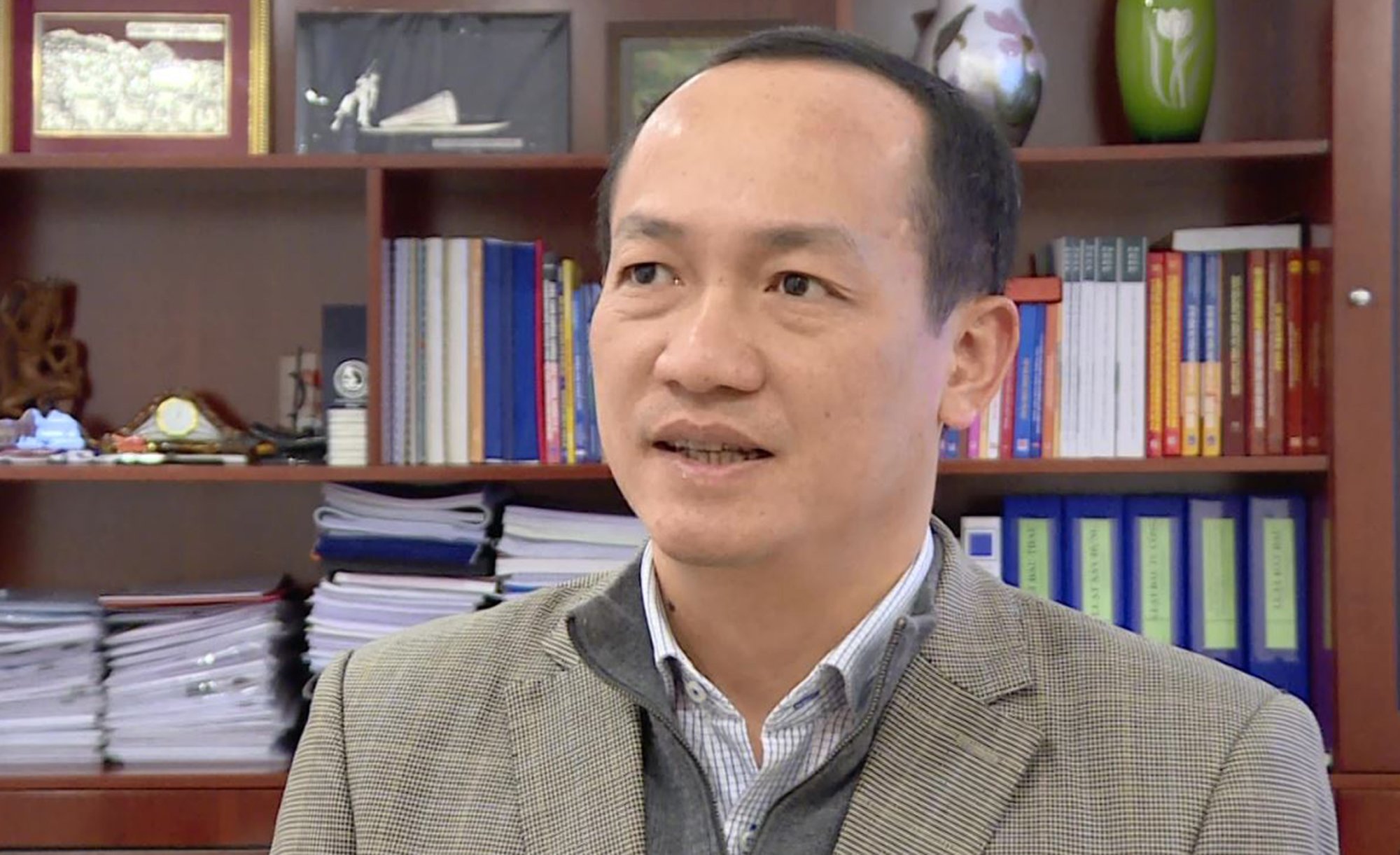
Mr. Tran Thien Canh.
Mainly passenger transport
After participating in interdisciplinary survey teams and directly surveying developed countries, how do you see the high-speed railway systems in these countries being developed?
There are currently 21 countries and territories exploiting and 7 countries building high-speed railways.
The Ministry of Transport has organized an interdisciplinary working group to conduct direct surveys in Japan, Germany, China, and Spain, the countries with the most developed high-speed rail systems in the world. The Ministry of Transport also organized a working group to conduct direct surveys in Korea.
The Ministry of Transport has assigned the Vietnam Railway Authority to consult European high-speed rail experience and documents to develop a common standard framework. At that time, all suppliers of vehicles and equipment must ensure that trains can run on Vietnam's high-speed rail infrastructure.
Like Europe, all countries must follow TSI standards, ensuring that trains from each country can run on each other's infrastructure; China also builds their own standards, but according to them, they are like European standards.
Mr. Tran Thien Canh
At the same time, research documents of international organizations such as the International Union of Railways (UIC), World Bank (WB), Japan International Cooperation Agency (JICA), Korea International Cooperation Agency (KOICA).
Research shows that high-speed rail in countries is mainly used for passenger transport, because this is the advantage of this method in transporting passengers between cities about 50km apart, with an urban population of about 500,000 people. In the 5 countries surveyed, 4 countries only operate passenger transport, while Germany runs both passenger and freight trains.
Germany's characteristics are the sea in the North and industrial zones in the South, so transportation must combine passenger and freight trains; the Frankfurt-Cologne route only runs passenger trains, with a speed of over 300km/h because of the large number of passengers.
Spain is a country with developed tourism , population of about 40 million people but tourists about 80 million people/year so the demand for passenger transport is large.
In Japan, freight is transported by coastal waterways, and passengers are transported by high-speed rail; for distances of 700km or less, passengers are transported by high-speed rail. Korea is similar to Japan, but the average distance is over 100km.
In China, high-speed rail is almost entirely used for passenger transport. Therefore, the strength of high-speed rail is to transport large volumes, fast speed, with a very advantageous distance of 200 - 1,000km.
In the surveyed countries, have we found out why they rarely exploit freight transport, while shortening freight transport time will bring many benefits to the economy?
We also asked all the countries surveyed. The answer was the same: Based on demand, that is, on a corridor, whichever mode has the advantage, we will invest to develop it. If the demand for passenger transport is high, priority must be given to the mode with the advantage in speed and travel time because this is one of the measures of efficiency, but it must be more competitive.
In fact, in Japan, when the Shinkansen railway was built in 1964, the infrastructure was also built to run both passenger and freight trains. But when it came to practical exploitation, the demand for passengers was high, so only passenger trains were run. As for goods, because coastal transport was cheaper, they developed this method.
Thus, for Vietnam, the North-South corridor is calculated and forecasted to have only about 18 million tons of goods transported by rail per year by 2050. At that time, the existing railway line after upgrading will meet the demand. However, passenger transport by rail needs to meet the demand of 120 million passengers, while the current capacity only meets about 10 - 15 million passengers. Therefore, it is necessary to invest in a new railway line to promote its advantages.
As for existing railways, other countries' experiences are not discarded, but investment is still being made to upgrade them for freight and passenger transport in sections.
The characteristic of conventional railways is that they operate both passengers and freight. High-speed railways, depending on demand, can operate exclusively for passengers or for mixed passenger-freight operations.
For example, in Laos, the Vientiane - Boten railway runs both passenger and freight trains based on demand. Laos has a small population of about 9 million people, so running only passenger trains would not be effective, while Laos' main demand is freight transport.
Public infrastructure investment, attracting private investment
Investing in high-speed railways requires a huge amount of capital. What is the experience of other countries in solving the problem of investment resources, sir?
Previously, when presenting the North-South high-speed railway project to the National Assembly in 2010, National Assembly delegates said that with Vietnam's resources, it was not possible to do it.
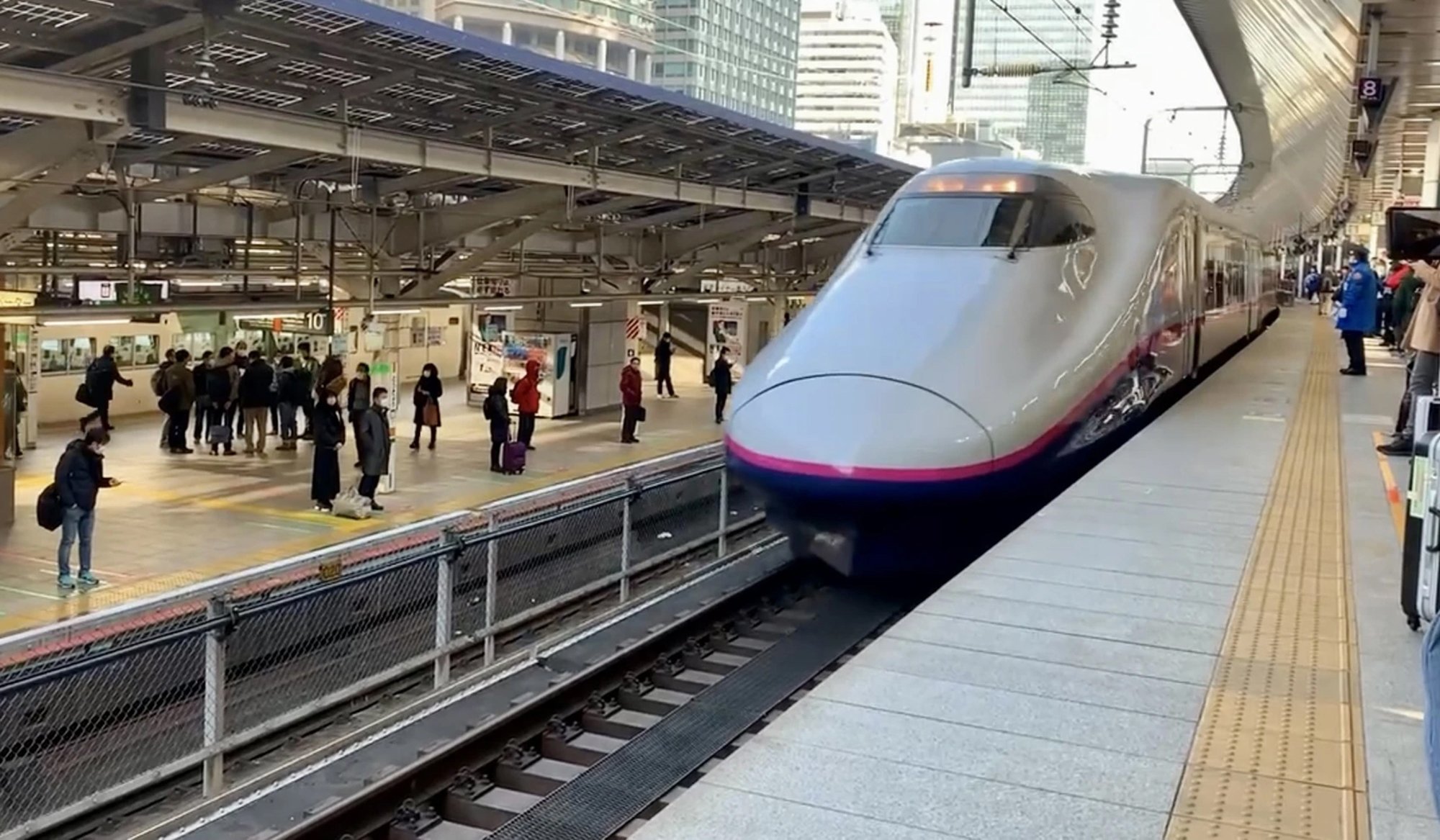
In developed countries, high-speed railways mainly serve passenger transport (illustrative photo).
But the reality of the conditions and timing of high-speed rail investment in each country is not the same. For example, in China, at the time of construction in 2005, the average GDP per capita was only about 1,700 USD, equivalent to Vietnam's GDP in 2010.
Currently, according to the high-speed railway project on the North-South axis, it is expected to be built in 2027-2028, at which time Vietnam's GDP will be about 7,000 USD. According to the World Bank (WB), when GDP reaches about 7,000 USD, it is the right time to invest in high-speed railway.
At the time of project submission in 2010, there were also many concerns about public debt because at that time Vietnam's public debt was high (56.6% of GDP), GDP was 147 billion USD, while the total investment of the project submitted at that time was 55.8 billion USD, equivalent to 38% of GDP.
But at present, Vietnam's public debt is below 38% of GDP. Thus, the public debt ceiling is still very large. On the other hand, through the mobilization of resources for the construction of the North-South expressway in the East, more than 200,000 billion VND, completely by Vietnam, it shows that in the next 5 years, mobilizing resources for the construction of high-speed railways is not a matter of concern.
But how will we mobilize, sir?
In addition to the state budget, it is possible to borrow. The practice of investing in high-speed railways in other countries is the same, most of them have to borrow from credit institutions. Currently, Europe has a very good policy for railway investment because this is an environmentally friendly method, reducing carbon emissions.
The European Central Bank has a lending policy to switch to railway investment with low interest rates, long terms, extensions, and grace periods, to encourage people to switch to using railways. Spain and Germany both use loans from the European Central Bank to invest.
For Vietnam, in addition to using domestic resources, it is also possible to mobilize preferential resources for the conversion to "green" methods. In the near future, the WB will also have this preferential policy.
So besides budgets and loans, how else do countries mobilize resources?
Countries mobilize from local budgets. Specifically, they do not include the TOD model (transport-integrated urban development) in the project from the beginning, but localities contribute capital with the Central Government for investment.
In China, local regulations are responsible for site clearance. Localities will estimate what benefits the local station will bring to spend local budgets on site clearance as well as contribute to the central budget.
In Japan, the central government capital is regulated at 2/3, and local authorities are required to contribute 1/3 of the total construction cost, not including the TOD model... Thus, after the route is formed and exploited, the TOD development policy will be implemented, encouraging urban development, commercial centers, services... in the area around the station; the local authorities will benefit from TOD development.
For private investors, few businesses invest in infrastructure, but many invest in vehicles. Especially in Europe, many private companies buy ships and rent infrastructure to exploit transportation.
From this experience, Vietnam should also invest in all infrastructure and vehicles with public investment. After operating the transport business for a period of time, showing practical efficiency, it will call on private enterprises to invest in vehicles for transport business and pay the State for infrastructure rental.
For example, the Hanoi - Vinh and Nha Trang - Saigon sections will have a very large number of passengers, so private enterprises can only invest in trains running these sections, without necessarily having to rent infrastructure to run the entire Hanoi - Ho Chi Minh City route.
Transfer and master maintenance and operation technology
According to you, with Vietnam's current capacity, can we be proactive in technology, instead of depending on foreign countries?
Countries all have national development programs for human resources and railway industry to prepare for investment and development of high-speed railways. Vietnam also needs to prepare for human resources and mechanical and information industries...
However, based on the current capacity of the railway industry and the capacity of domestic mechanical, telecommunications and information technology enterprises, technology transfer and localization are not issues of concern.
Because of the capacity to build new vehicles, currently 100% of the carriages can be produced domestically, even the most important part of the carriage, the most difficult to produce, can be produced. For example, Di An Wagon Joint Stock Company has produced carriages with a localization rate of over 60%.
With locomotives, more than 10 years ago, the railway produced the body and assembled the Doi Moi locomotive with technology transfer from China, which is still the main traction force of Vietnam Railways. Therefore, with high-speed railway locomotives, the engine and control parts are not yet produced in Vietnam, so we will have to move towards transferring maintenance, repair and overhaul technology.
Regarding information, Viettel and VNPT can master and produce all components and equipment. Regarding signals, which are more specific, currently in the world, there are only a few large manufacturers of railway signals such as Alstom, Siemens in Europe, Hitachi in Japan, ZTE in China...
Among the 28 countries and territories with high-speed railways, only a few countries have complete control over signal information. However, Vietnam needs to master this technology, maybe not 100% but at some level at each point in time.
Regarding infrastructure, high-speed railway construction and other construction works, except for prestressed steel, concrete, iron, steel, and cement can be produced domestically, and domestic contractors can also undertake the construction. Rails, switches, and accessories will have to be imported because these are products of metallurgical technology.
Therefore, it is not necessary for Vietnam to master 100% of the technology, but it is necessary to master maintenance, repair and operation.
Thank you!
Source: https://www.baogiaothong.vn/ky-vong-dot-pha-tu-duong-sat-toc-do-cao-cach-nao-huy-dong-nguon-luc-dau-tu-192231225231442595.htm



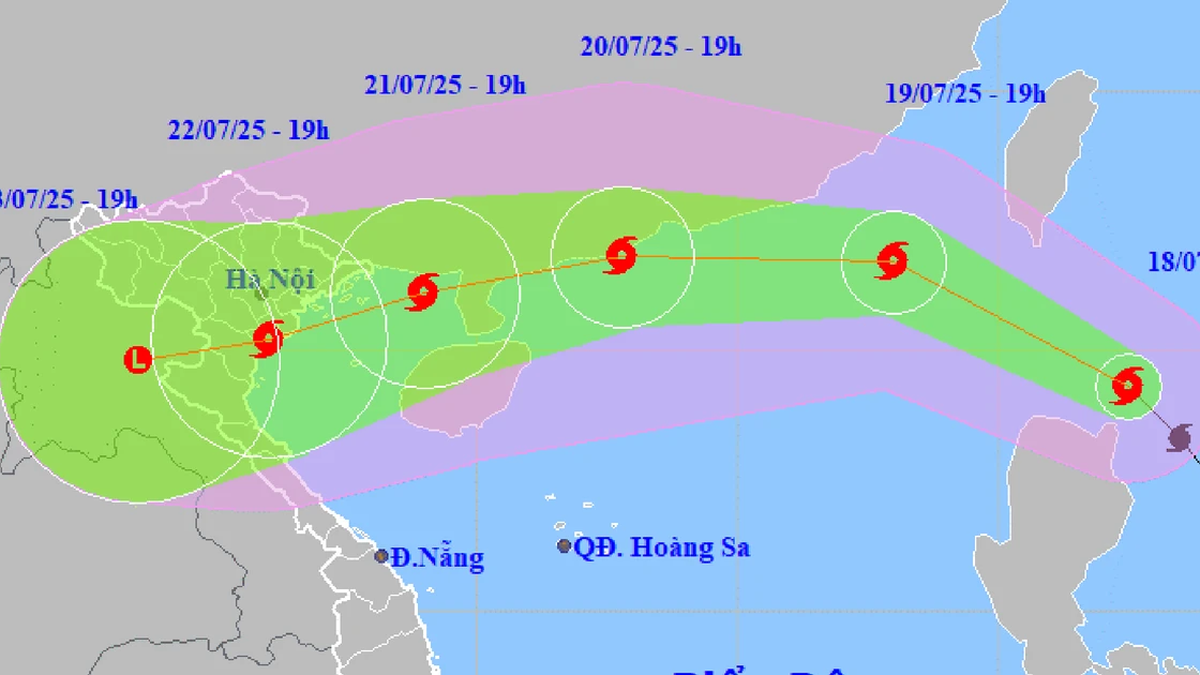
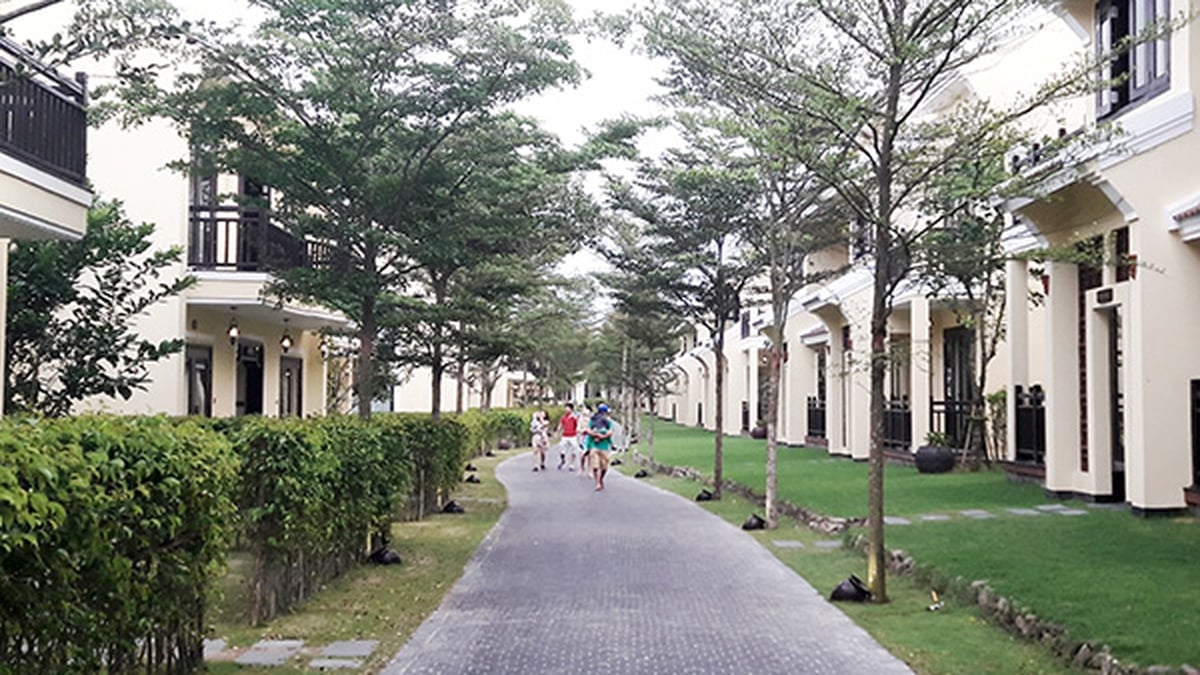
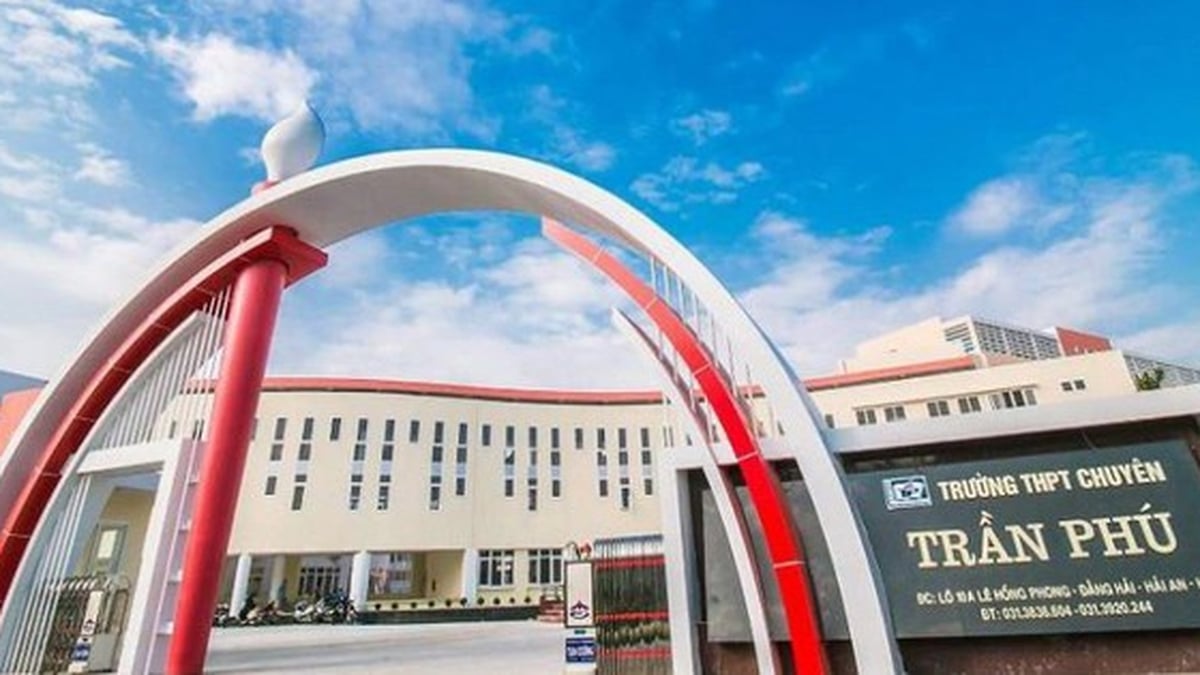
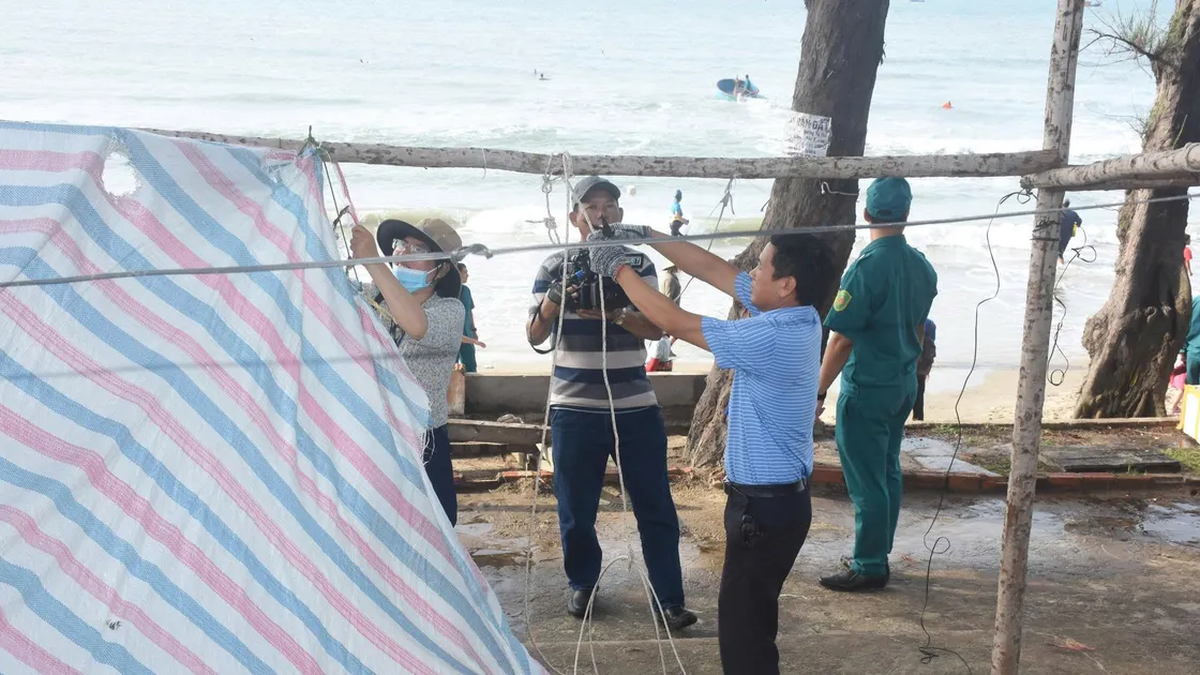
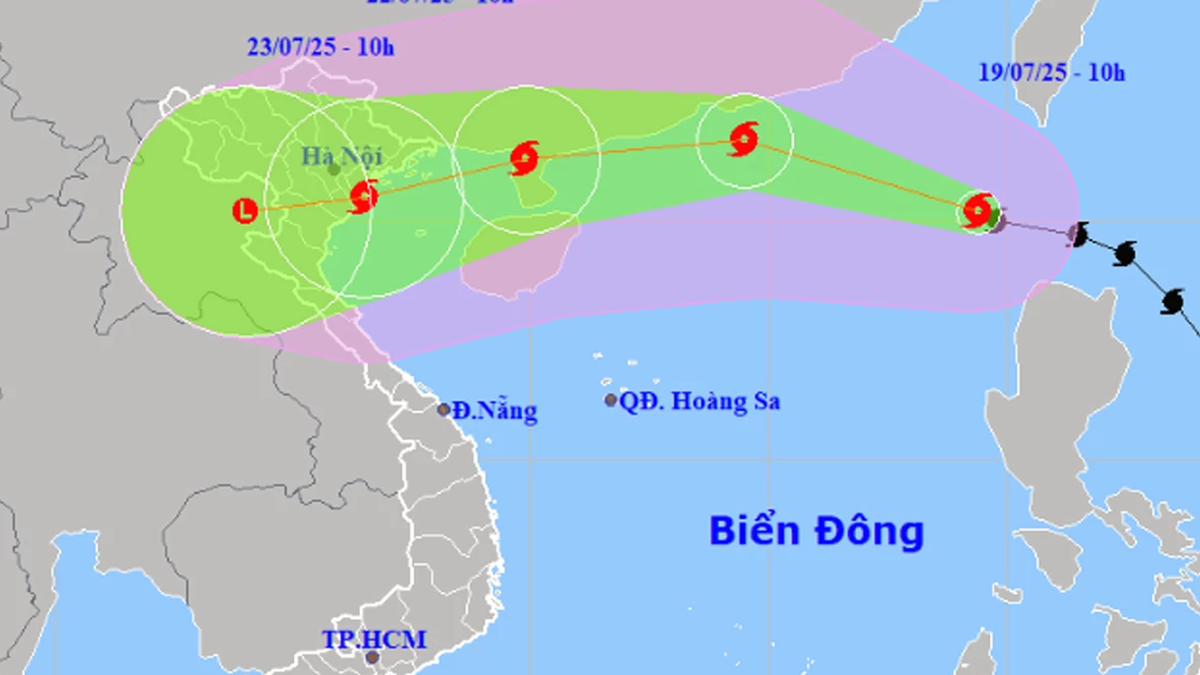
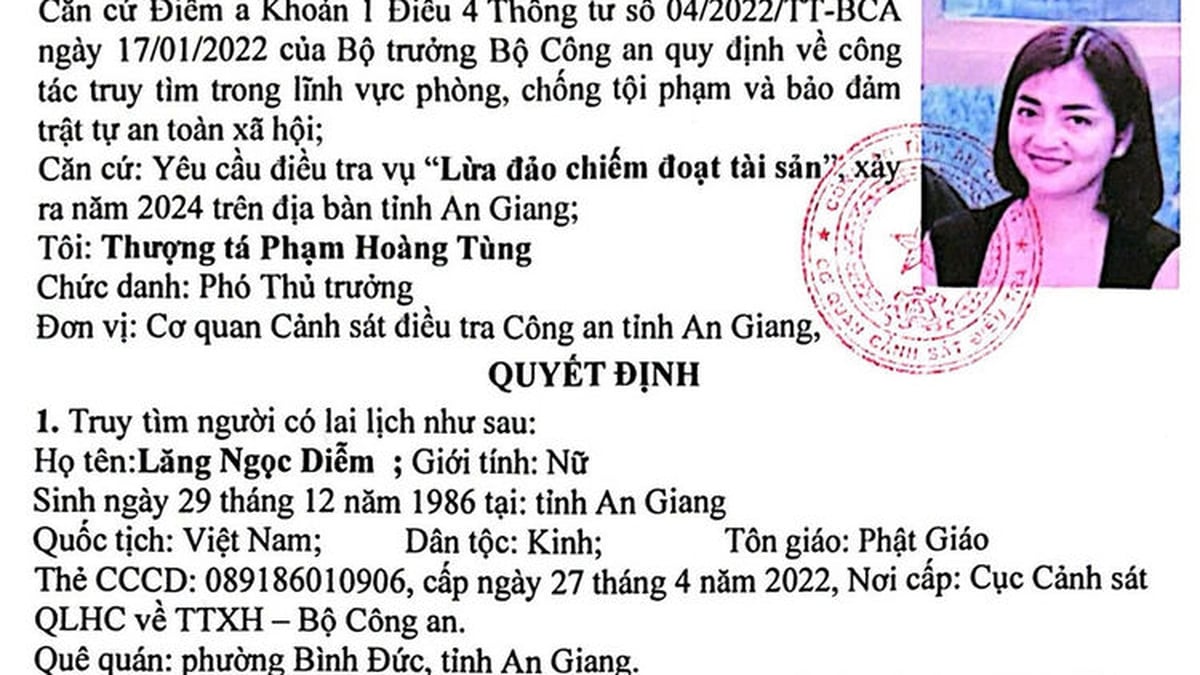

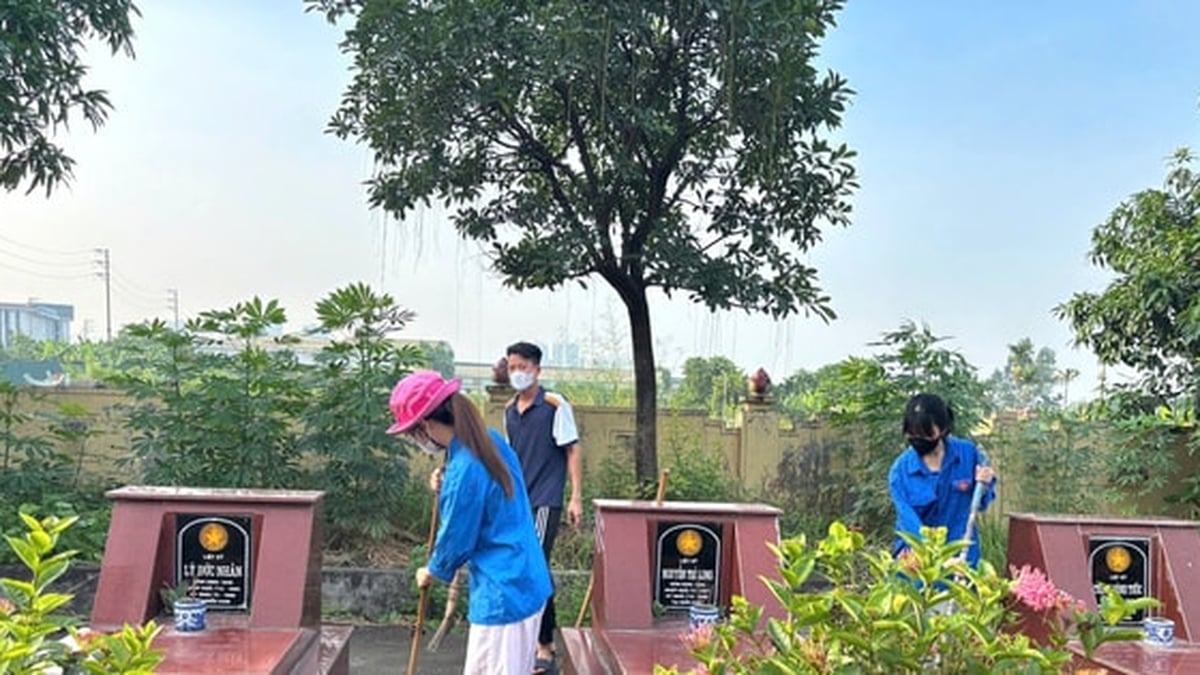
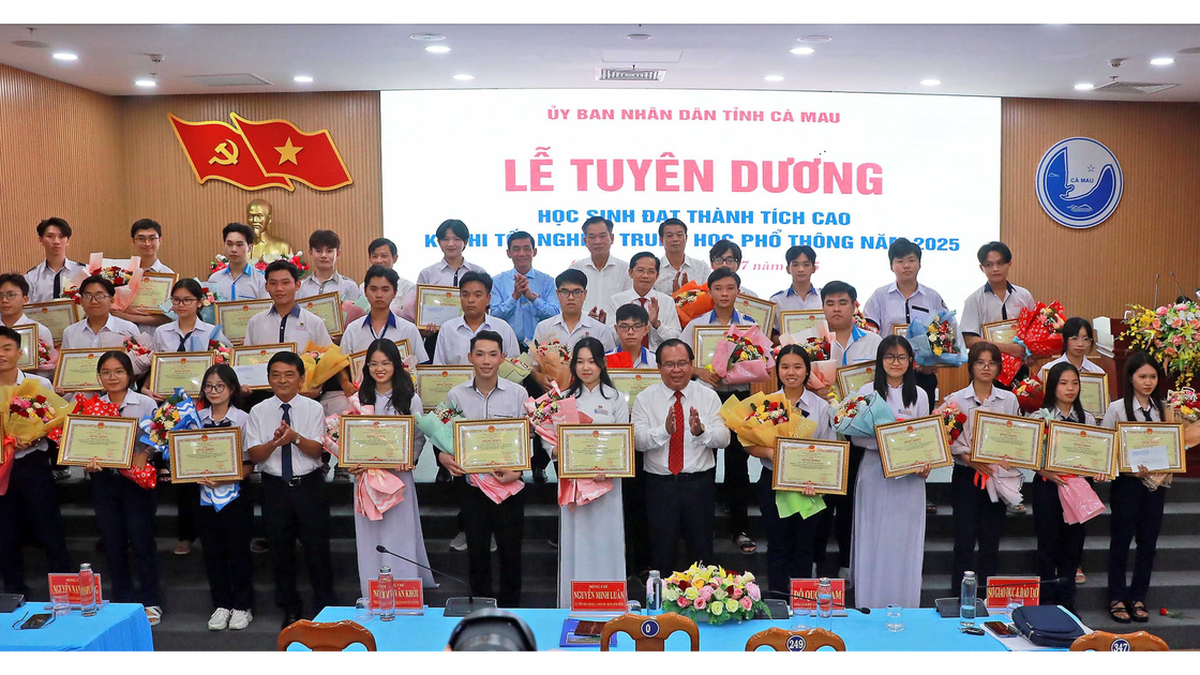
























































































Comment (0)